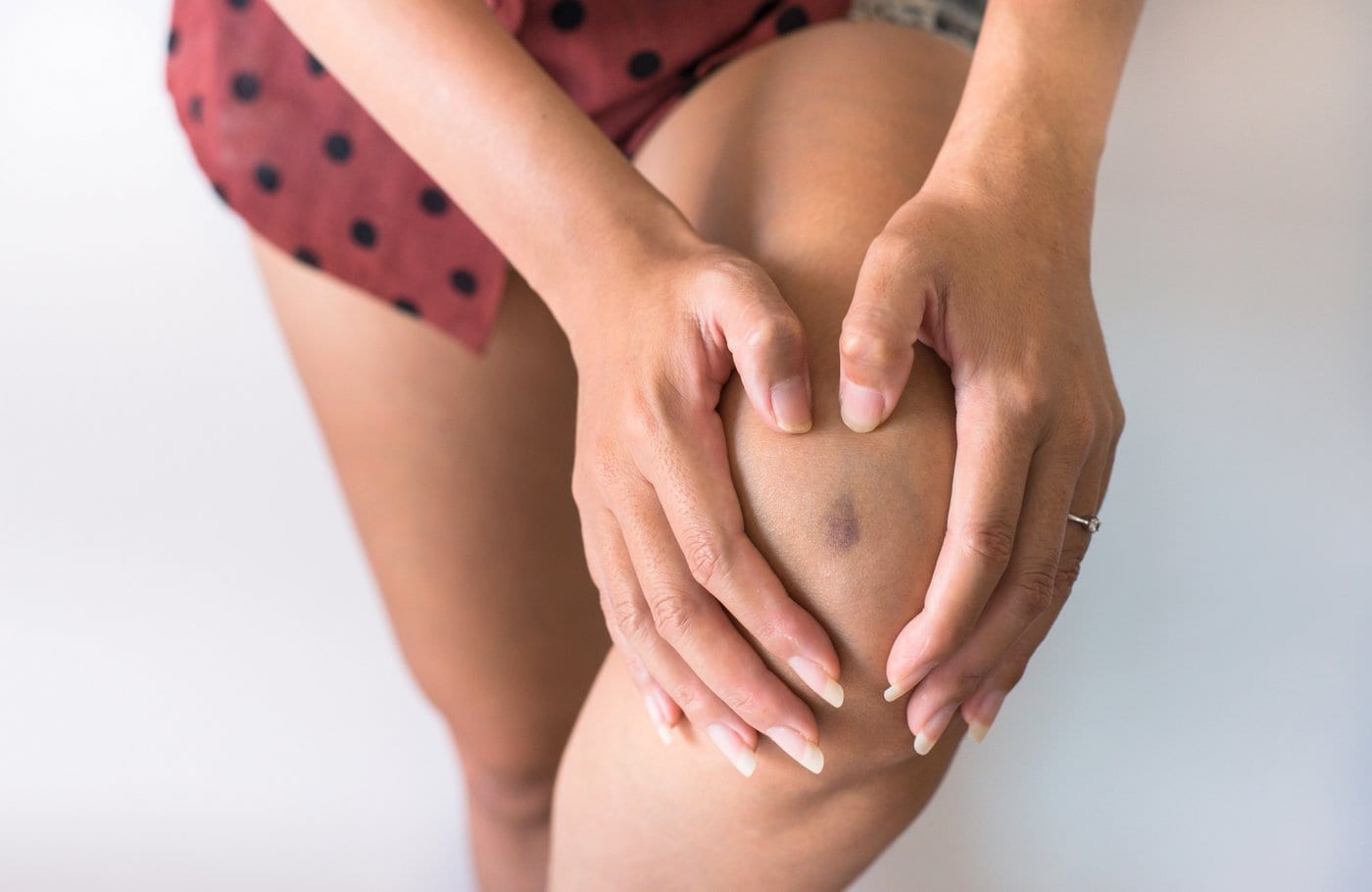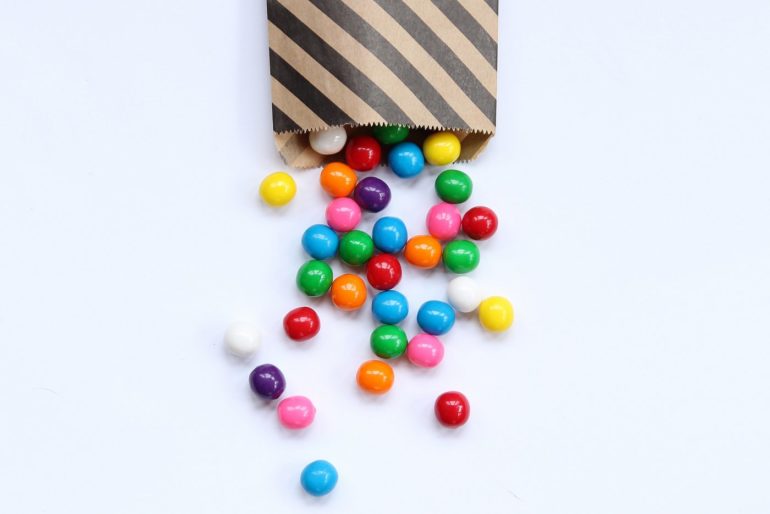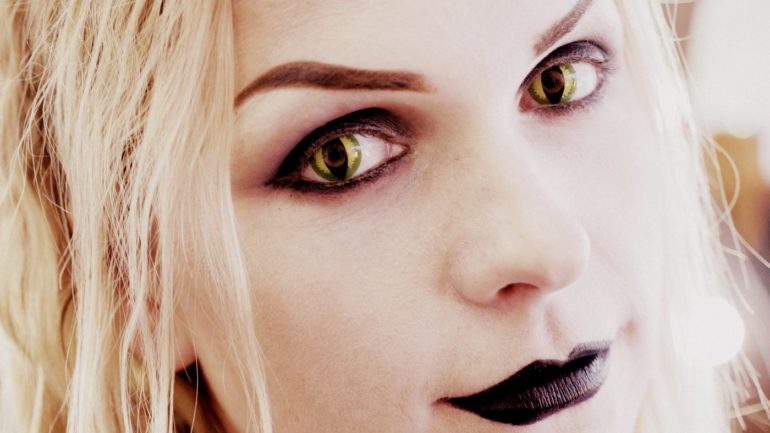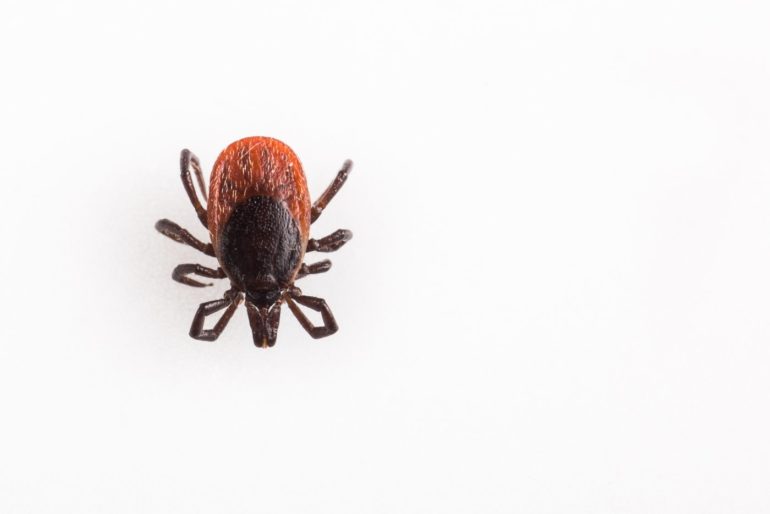What causes a bruise to form, and why does it change colors?
What causes a bruise to form, and then why does it always change so many different colors?
Cruisin’ for a bruisin’
So you’ve managed to fall face-first on to your front porch (some of you get to add the modifier “again” to this) and now you’ve got that lovely purple bruise forming on your cheekbone.
You know full well you’ll be hearing about it from your friends and coworkers as it runs the gamut from purple-red to blue, to that lovely sickly yellow color. Why, why do they have to turn so many colors of the rainbow before they just — you know — go away?
First: Bruise basics
There are actually three kinds of bruises: Subcutaneous (under the skin), intramuscular (inside the muscle) and periosteal (on the bone). From what you described, you’re talking about the first type.
A bruise to the skin — also known as a contusion — is simply blood that is pooling under the skin because some small blood vessels burst due to trauma. The name comes from the old English brysan (“to crush”), and the old French bruser (“to break”).
So when you accidentally skip a step on the front porch or bounce your forearm off the doorknob on your way out of the house, those capillaries can burst, break, or otherwise be damaged — and they leak blood out into the surrounding tissues until the body’s natural clotting can stem the tide.
While bruising is considered a superficial injury because the skin remains intact, it often goes hand-in-hand with other traumas, such as sprains or broken bones. (Bruising that appears visibly on the cheek or along the jawline can also be the result of tooth extraction or other major oral trauma.)
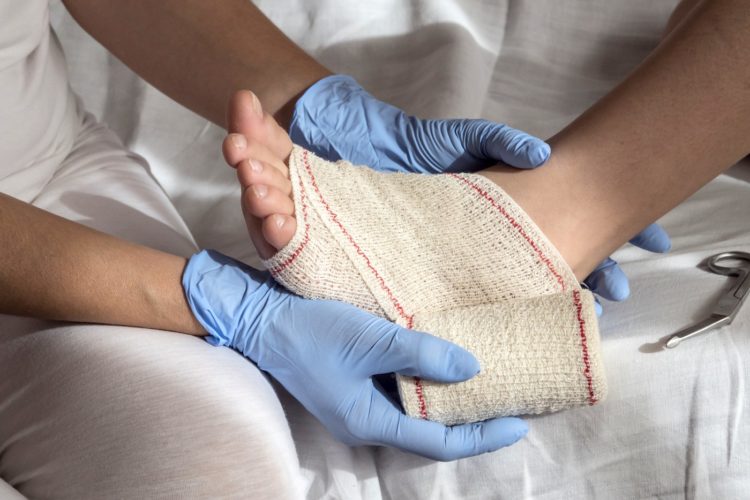
No worries
Bruises are very common, and, on their own, typically aren’t of any real concern unless you have a medical condition such as hemophilia or thrombocytopenia. Some medications, including blood thinners like aspirin or Warfarin, increase the risk of bruising.
Along those same lines, bruises are more common on people who have sun-damaged skin, or whose skin is thinning due to aging, because the blood vessels are less cushioned and therefore more susceptible to injury. (Bruising is also often most visible on people with fairer skin tones.)
Care and feeding of your bruise
To minimize the bruising on one of your limbs, gently apply pressure by wrapping the injured area right away (like with an elastic bandage), and elevate it to avoid letting more blood pool.
Otherwise, there’s not much you can do to “fix” a bruise, really. If it’s bothersome, just try RICE (Rest, Ice, Compression, Elevation) and a pain reliever, such as acetaminophen. (Ice the affected area for 15 minutes per hour, but be sure not to put the ice directly on the skin.)
The US Department of Health and Human Services also found it necessary to mention that you should not attempt to drain the bruise with a needle.
Bruise clues
Now when it comes to your multicolored bruise, you need to first understand where the colors come from.
As the hemoglobin in the red blood cells breaks down, it breaks down into compounds called biliverdin (green), bilirubin (yellow), and hemosiderin (golden-brown). (Bilirubin, by the way, is the stuff that makes your pee yellow, your poop brown, and causes the yellow color in jaundice. Lovely, no?)
Don’t worry — the coloration is not harmful, and your body soon clears these products from the bruised area and disposes of them accordingly, though it’s usually long after the tissues that were damaged in the first place have been healed.
It’s also very common that a bruise will show two or more different colors at the same time — as shown in this photo — often because the area has not all received the same amount of damage, and/or it is healing from the outside of the injury site in toward the center.
Don’t taste the rainbow
You know the rainbow’s color sequence is ROYGBIV… but what about the stages of a bruise? That’s more like RBIGY.
A publication by the US Department of Justice released a publication about recognizing child abuse, which broke down the color changes as so:
| Color of bruise | Age of bruise |
| Red (swollen, tender) | 0-2 days |
| Blue, Purple | 2-5 days |
| Green | 5-7 days |
| Yellow | 7-10 days |
| Brown | 10-14 days |
| No remaining evidence of bruising | 2-4 weeks |
While you wait for it to heal, take it easy so you don’t re-injure the area.

